What exactly are antioxidants? You’ve come across the term and may have heard about how beneficial they are, but what are they and how do they work?
Antioxidants have one of the coolest definitions out there: they are free radical scavengers. I honestly love that definition, but it just begs another question: What are free radicals? Okay, let’s do a deep dive. Buckle up!
To understand what free radicals are, we need a bit of a chemistry refresher. Atoms have their own number of electrons in their shell layers. An atom that has a full outer shell is stable while those that do not are unstable, and these are called free radicals. Because they are unstable, they react quickly with other substances. Oxygen molecules which, when split into single atoms, have unpaired electrons that look for other molecules to bind to. High amounts of these can result in a process called oxidative stress which can damage cells and lead to illnesses and diseases as well as aging. Free radicals aren’t the villain though, as they are essential for the immune system to fight infections. It is important then to make sure that there is a balance between the free radicals and antioxidants.
So, how do antioxidants work? They provide free radicals with electrons without depleting themselves. Definitely not as cool as their definition sounds, but still awesome in how they function!
Our body generates its own antioxidants, glutathione for example, however, we also supplement our bodies with the food we eat. Blueberries, coffee, and chocolate are well known to be sources of antioxidants. Foods high in vitamins are great sources of antioxidants and Vitamin C is a very important water-soluble antioxidant, working on the fluid inside and outside cells. Vitamin E is an essential fat-soluble antioxidant, which protects the cell membranes.
Other types of antioxidants include (but are not limited to):
- Flavonoids – teas, citrus fruits, red wine, and apples
- Isoflavonoids – soybeans, tofu, lentils, peas, milk
- Selenium – seafood, lean meats, whole grains
- Beta-carotene – carrots, spinach, pumpkin, mangoes
- Lycopene – tomatoes, grapefruit, watermelon
- nPolyphenols – thyme and oregano
A great source of antioxidants that packs a two-for-one punch are MUSHROOMS as they are uniquely high in two antioxidants: ergothioneine and glutathione. My current go-to supplement is EVERSIO WELLNESS 4 Mushroom BALANCE Blend which contains Hericium erinaceus (Lion’s Mane), Ganoderma lucidium (Reishi), Lentinula edodes (Shiitake), and Grifola frondosa (Maitake). This awesome combination of high potency mushroomextracts provides daily antioxidant support especially now that school is about to begin and stress can start to pile high.
Though I am a firm believer that medicine can come from our food, sometimes supplementing to give an extra boost is needed! So, what types of antioxidants have you eaten lately, and what are you going to try next?
Disclaimer: while herbs and plants are readily available to consume, please see your Naturopathic physician or licenced herbalist before taking any of the mentioned herbs medicinally as there can be interactions with medications as well as contraindications that may result in harm.
By Angeli Santos -- BA Psyc and 4th Year Student of Naturopathic Medicine, CCNM-Boucher

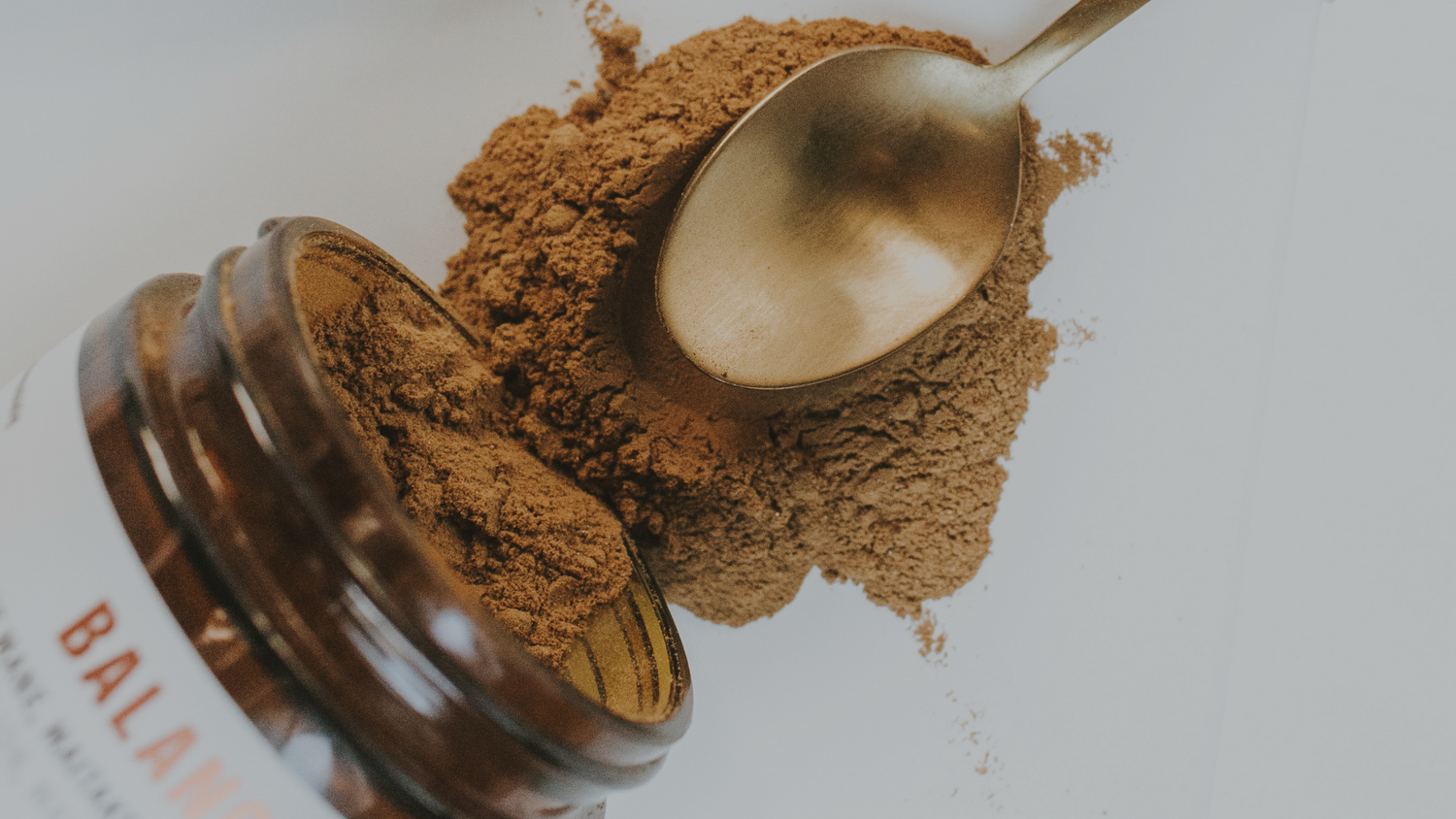
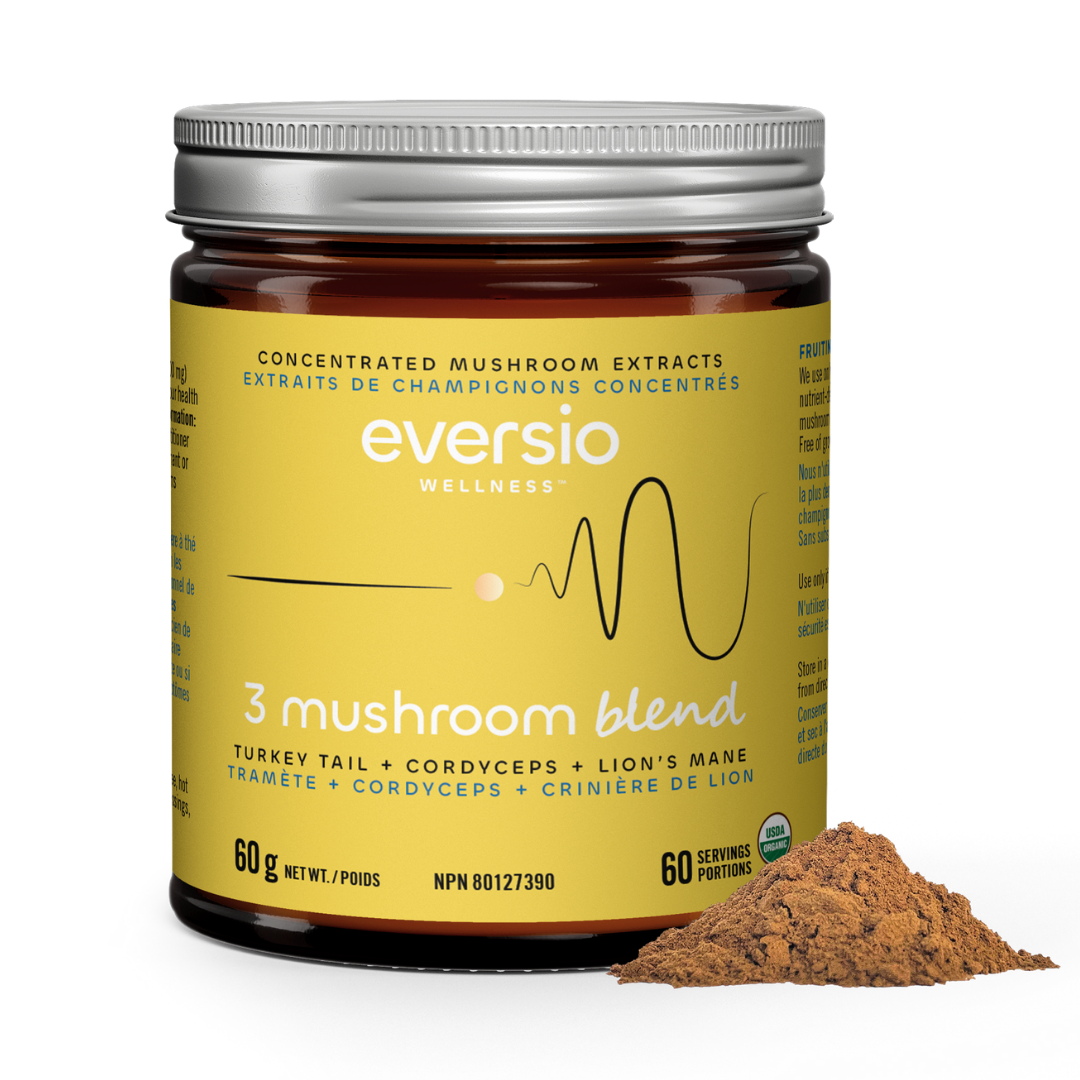
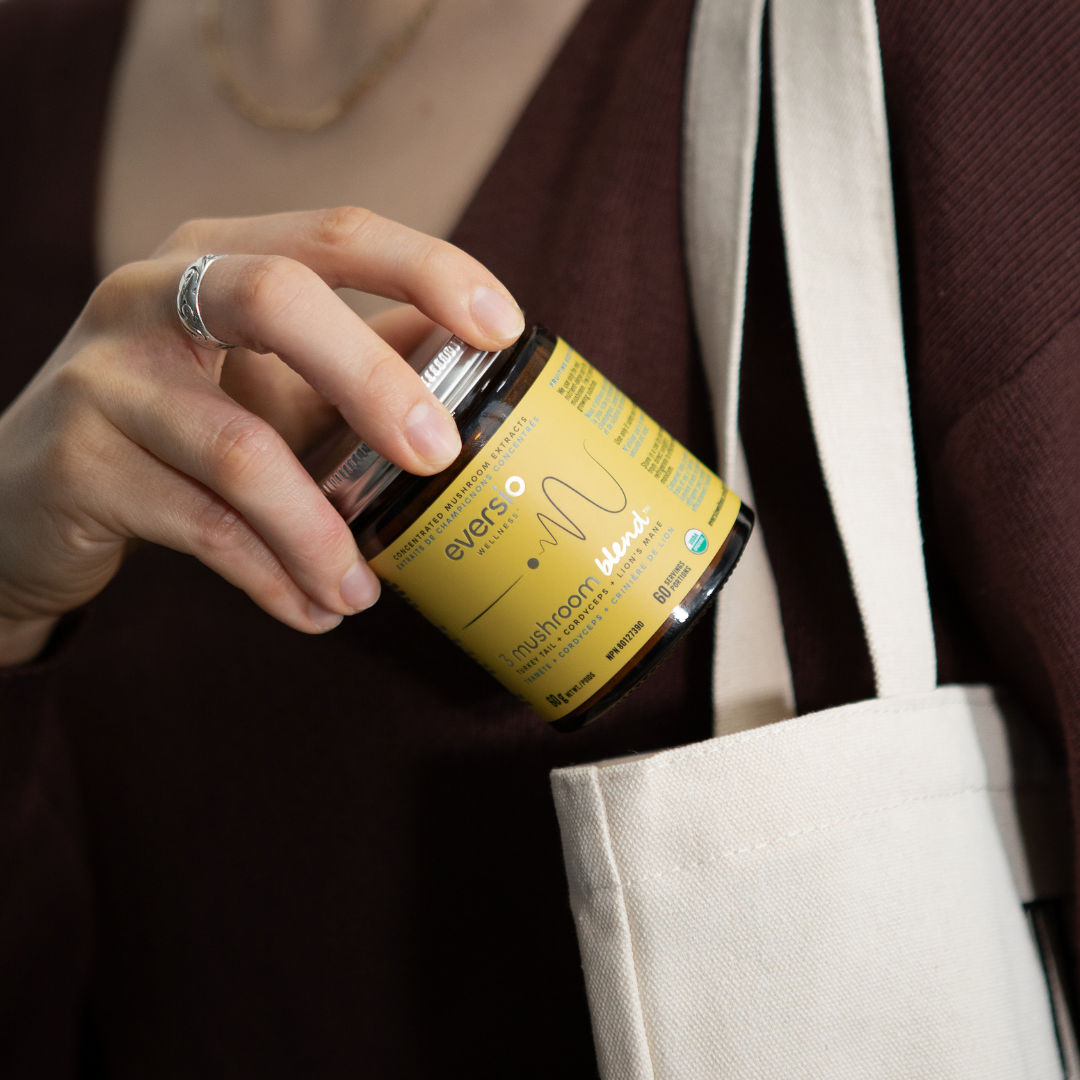
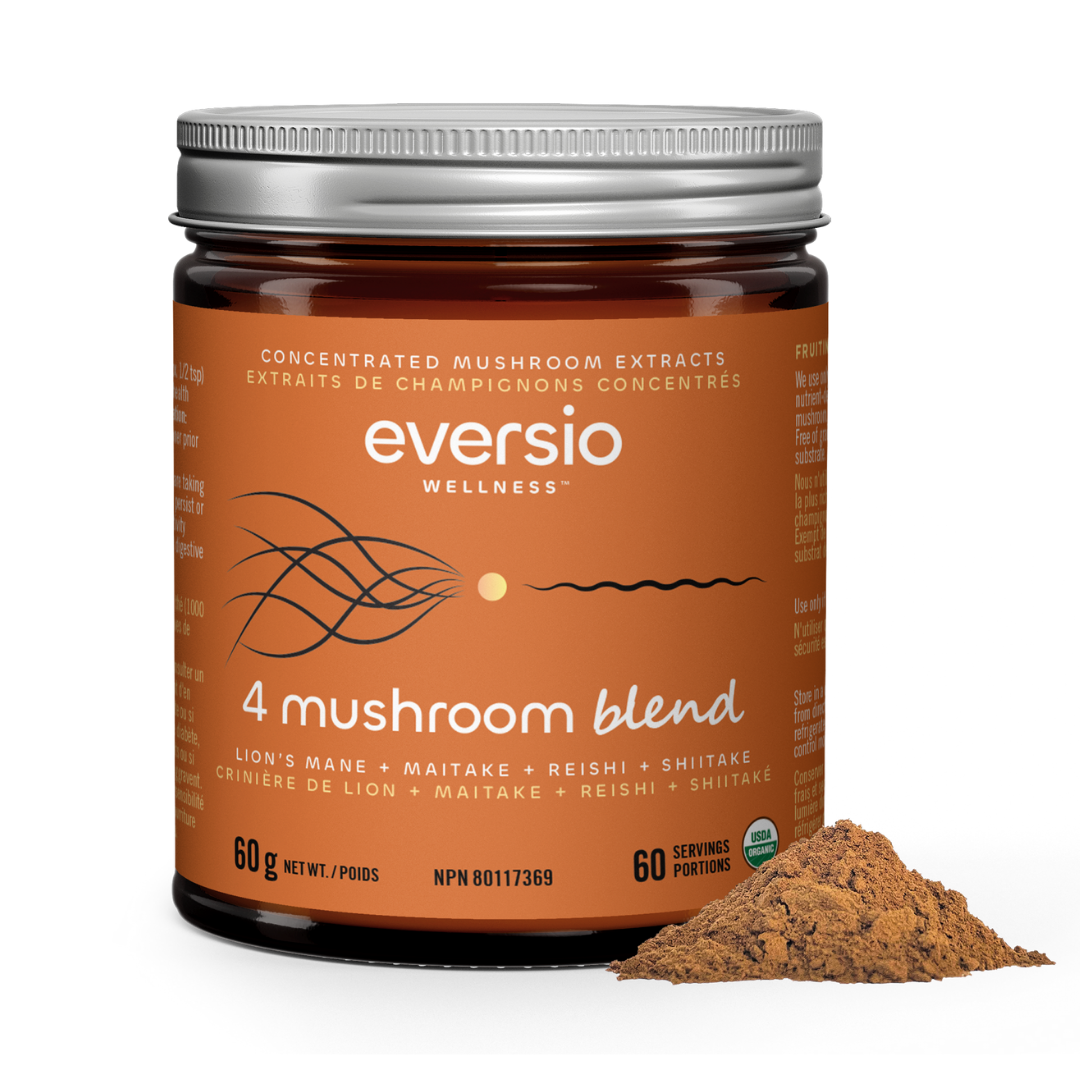
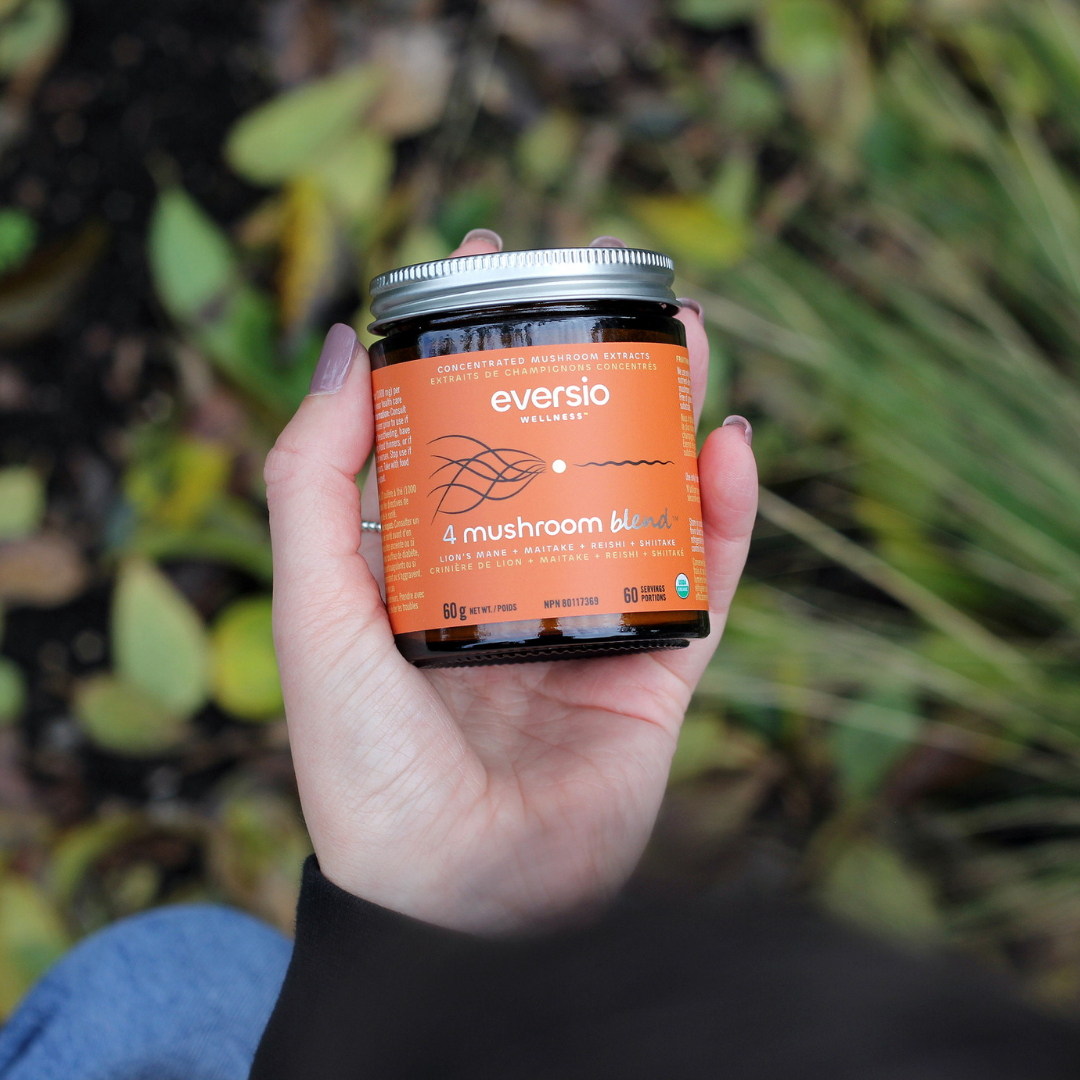
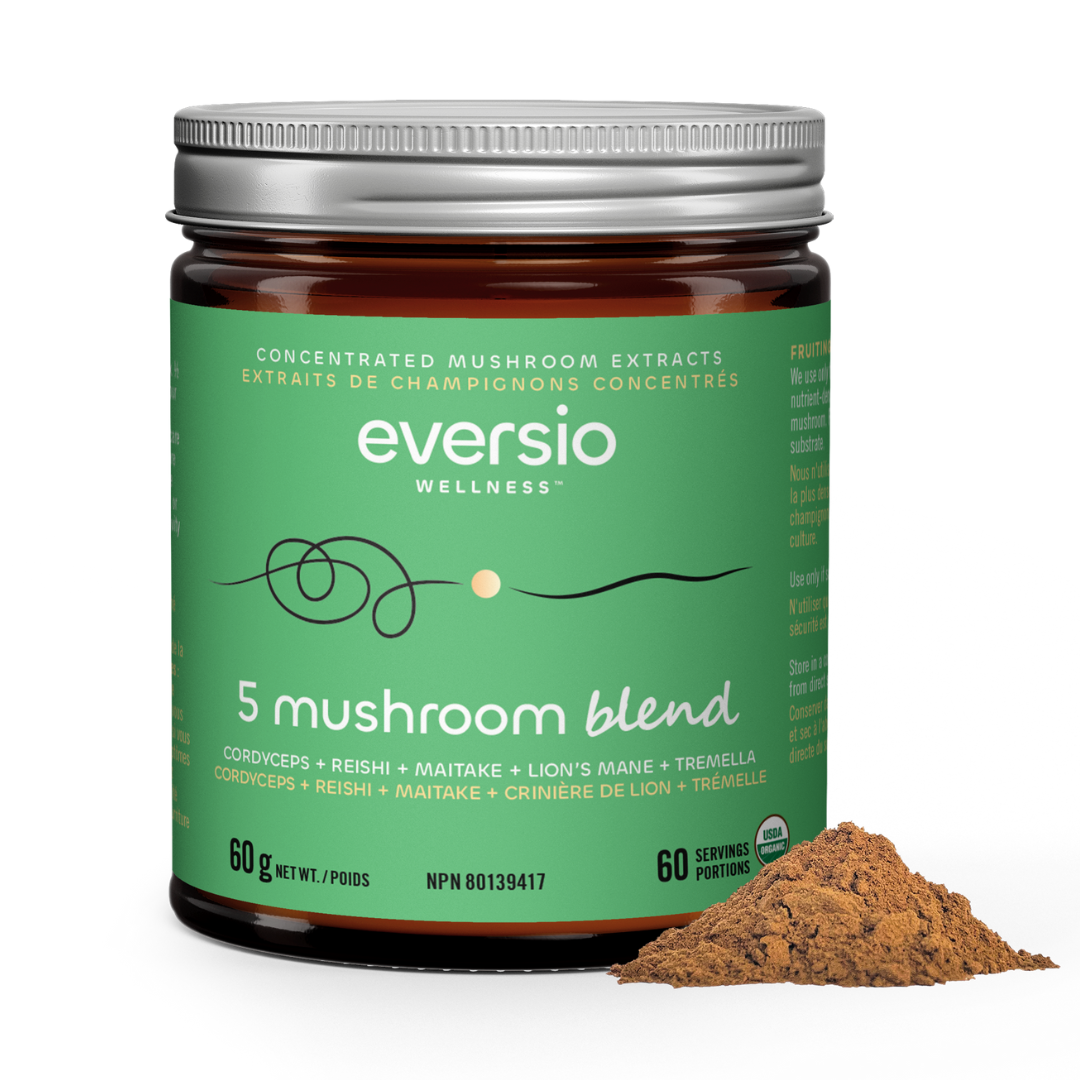
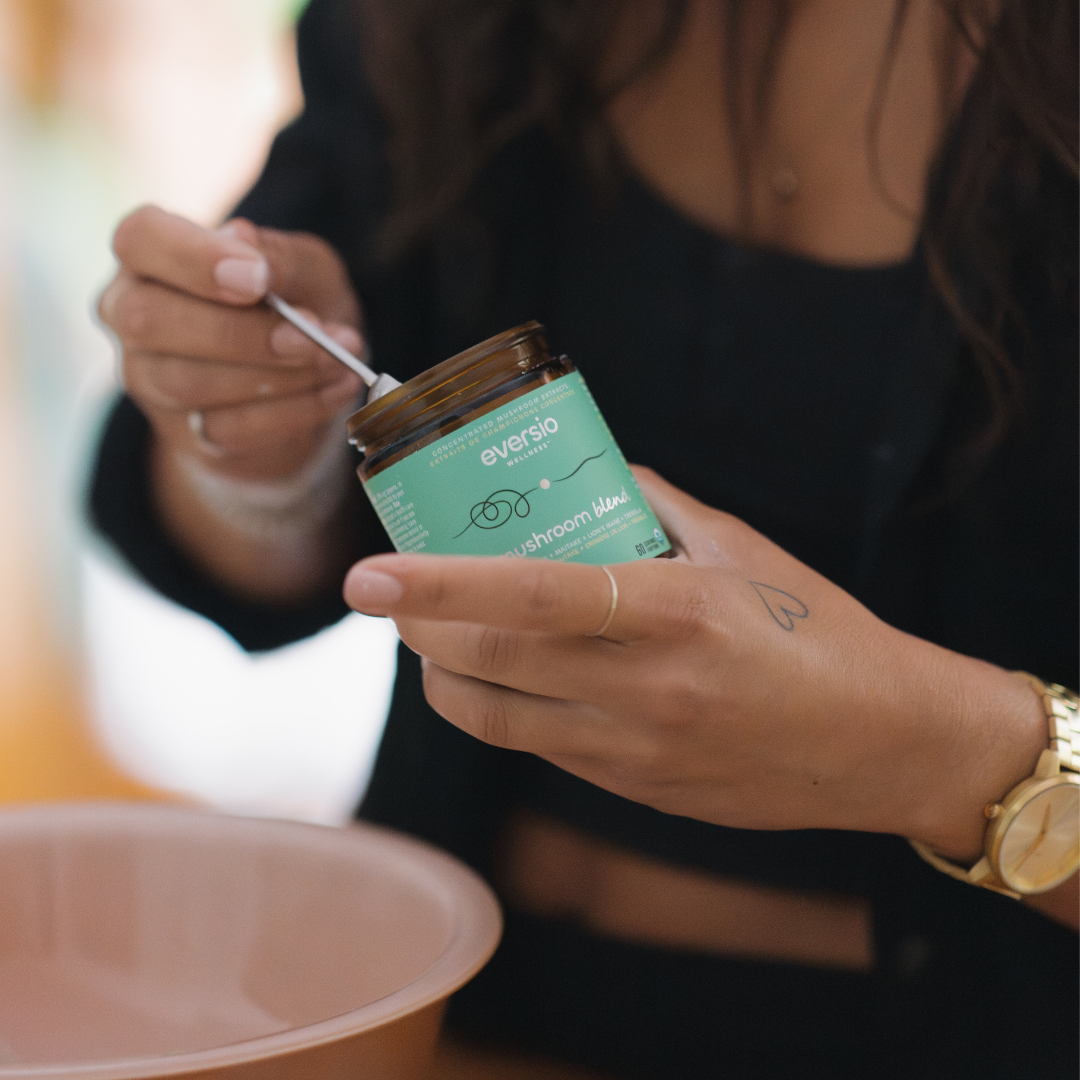
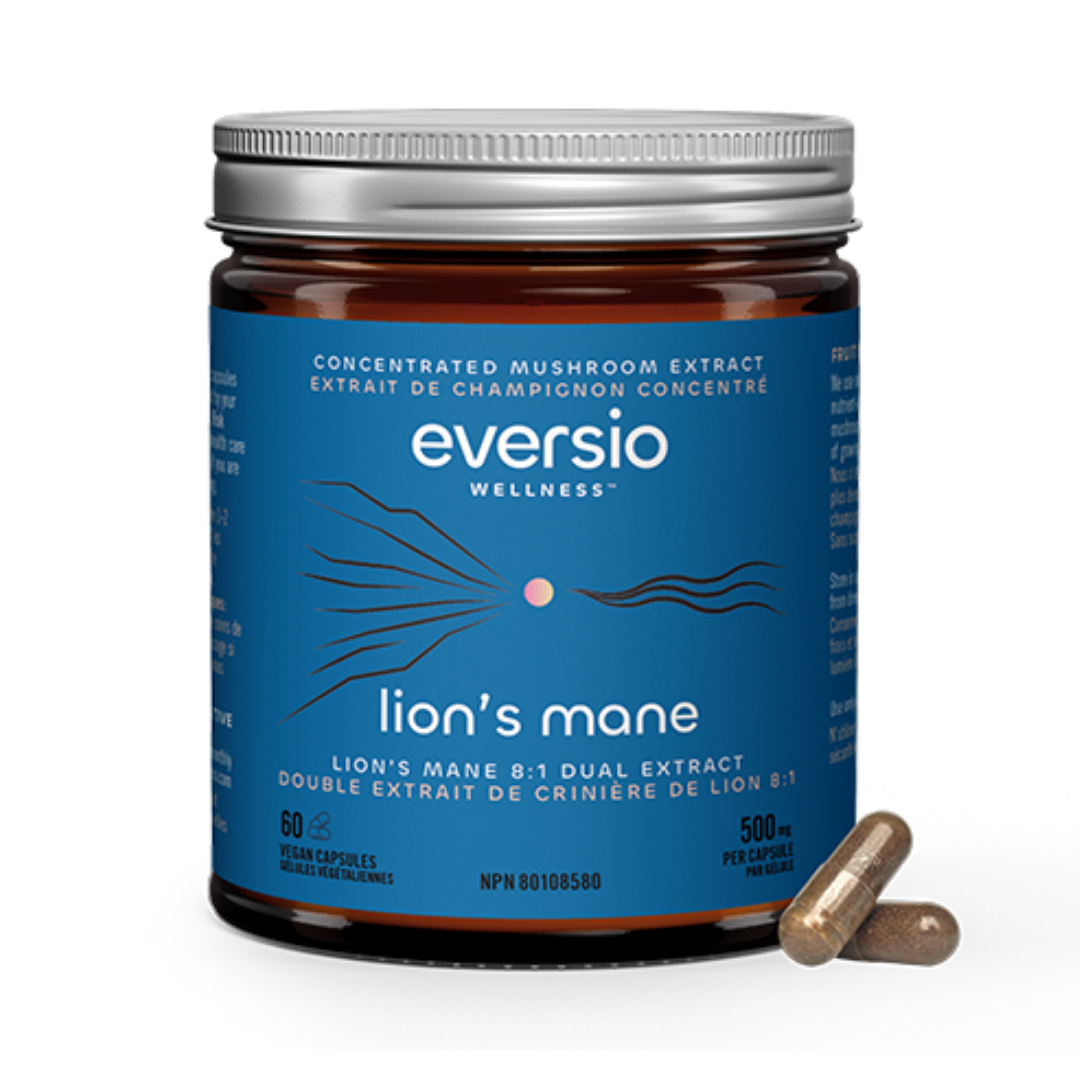
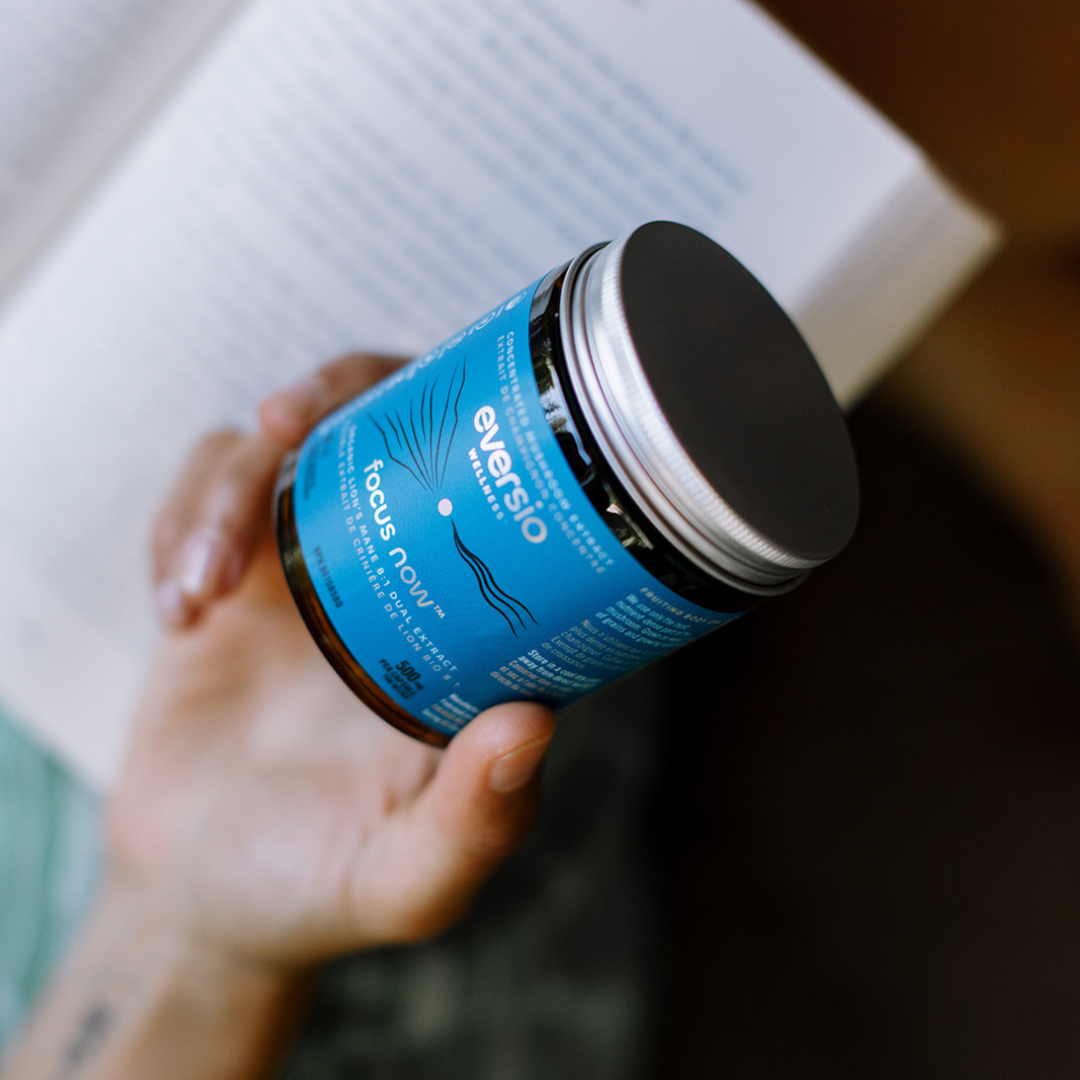
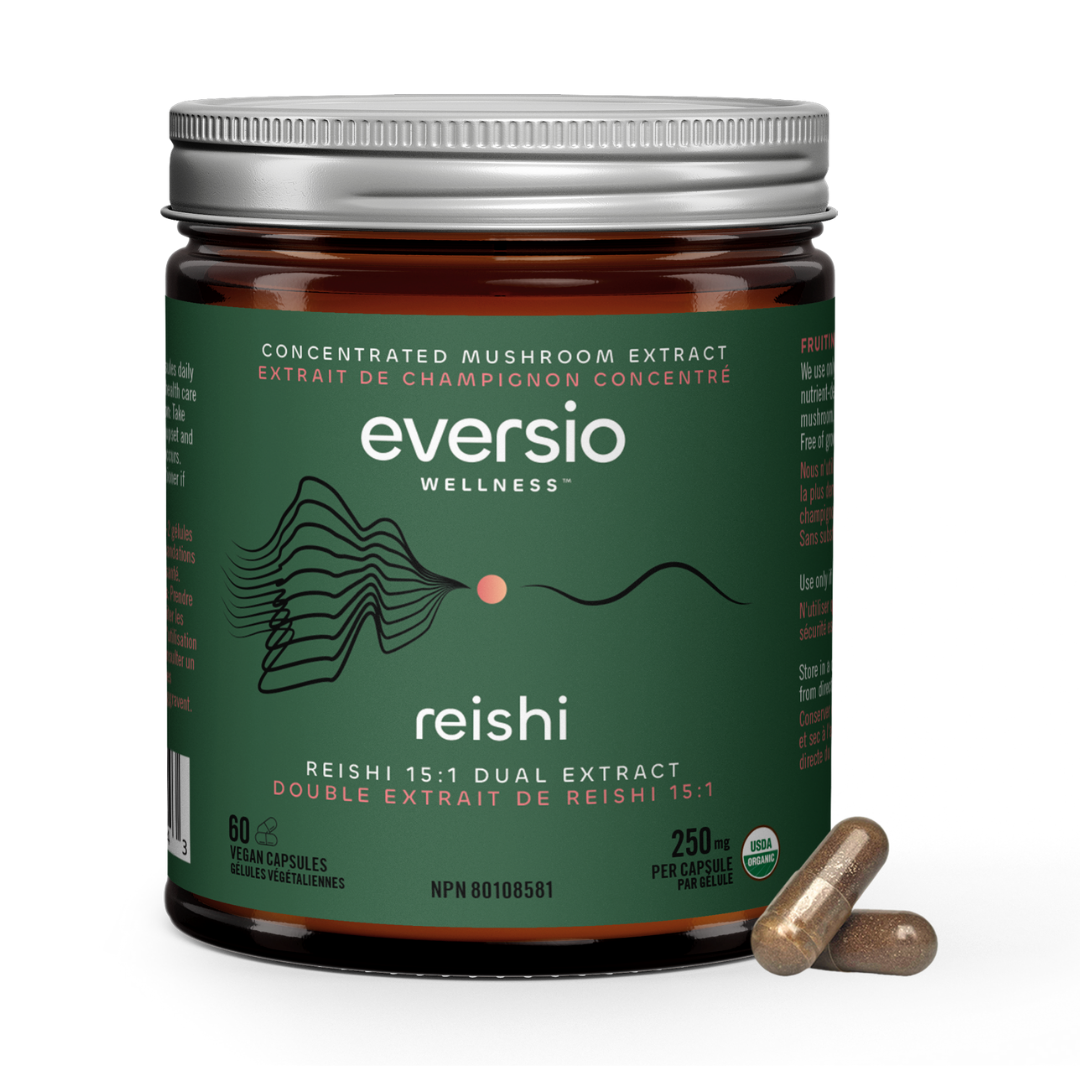
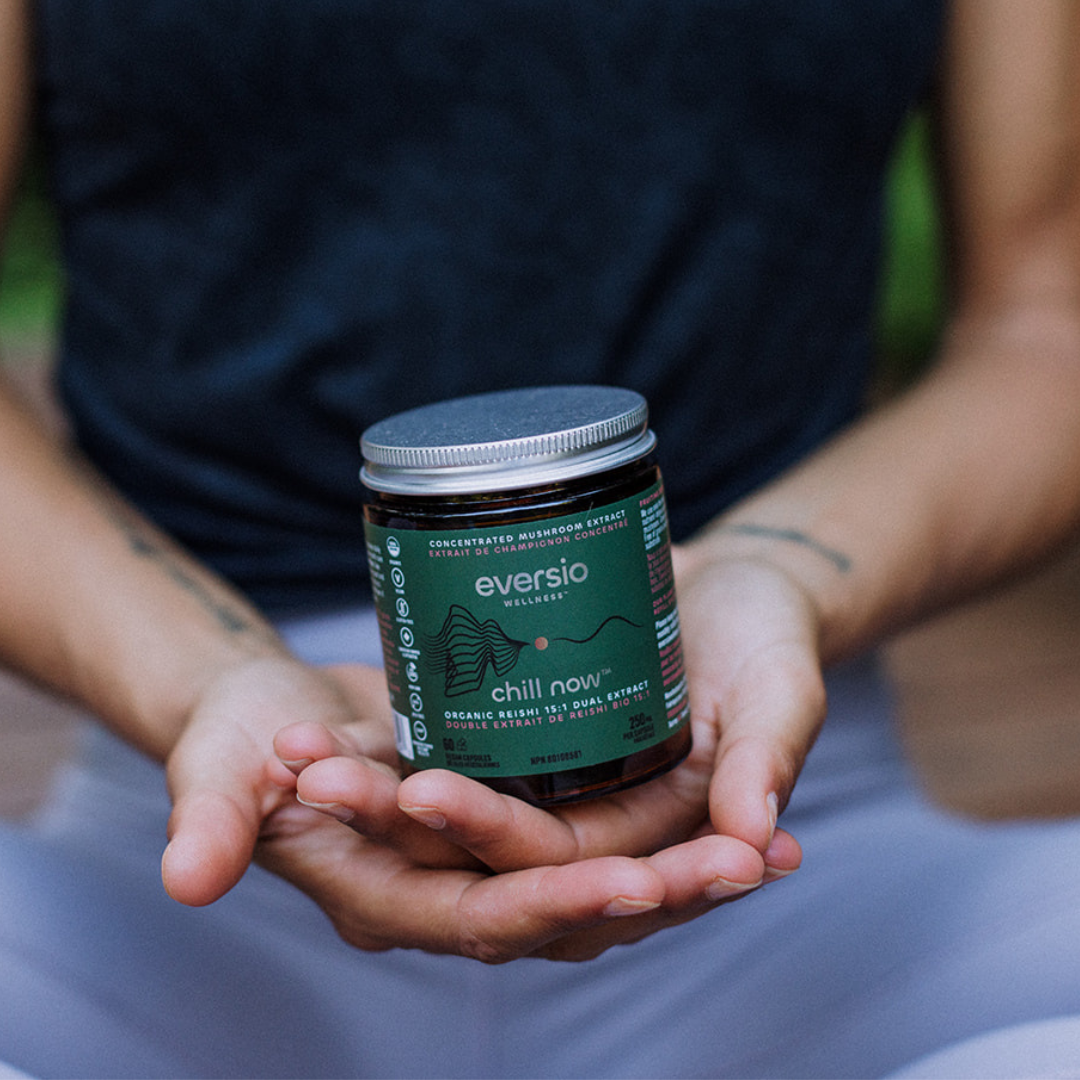





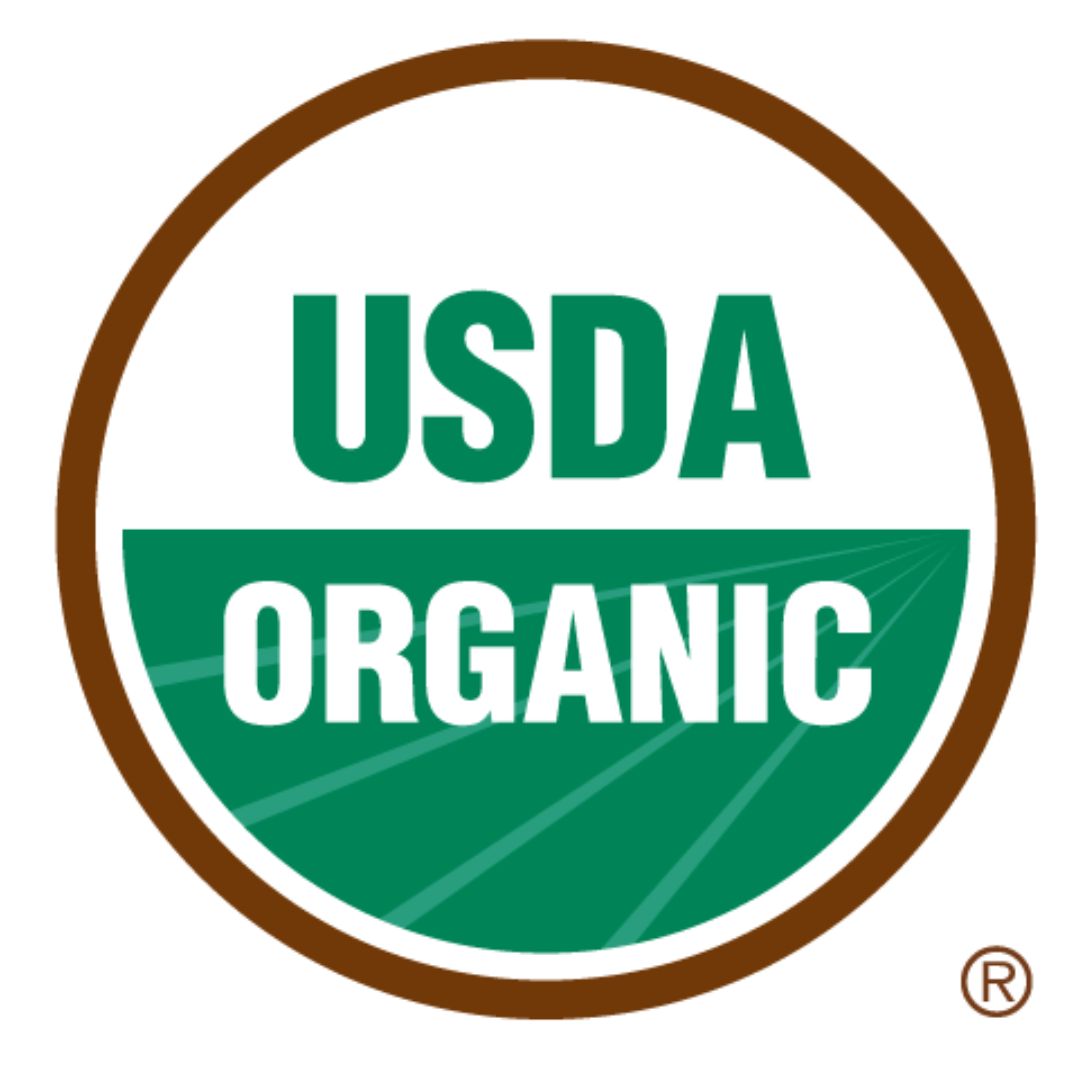


Leave a comment
All comments are moderated before being published.
This site is protected by hCaptcha and the hCaptcha Privacy Policy and Terms of Service apply.